Garden Edging: A Stylish Way to Define Your Outdoor Space
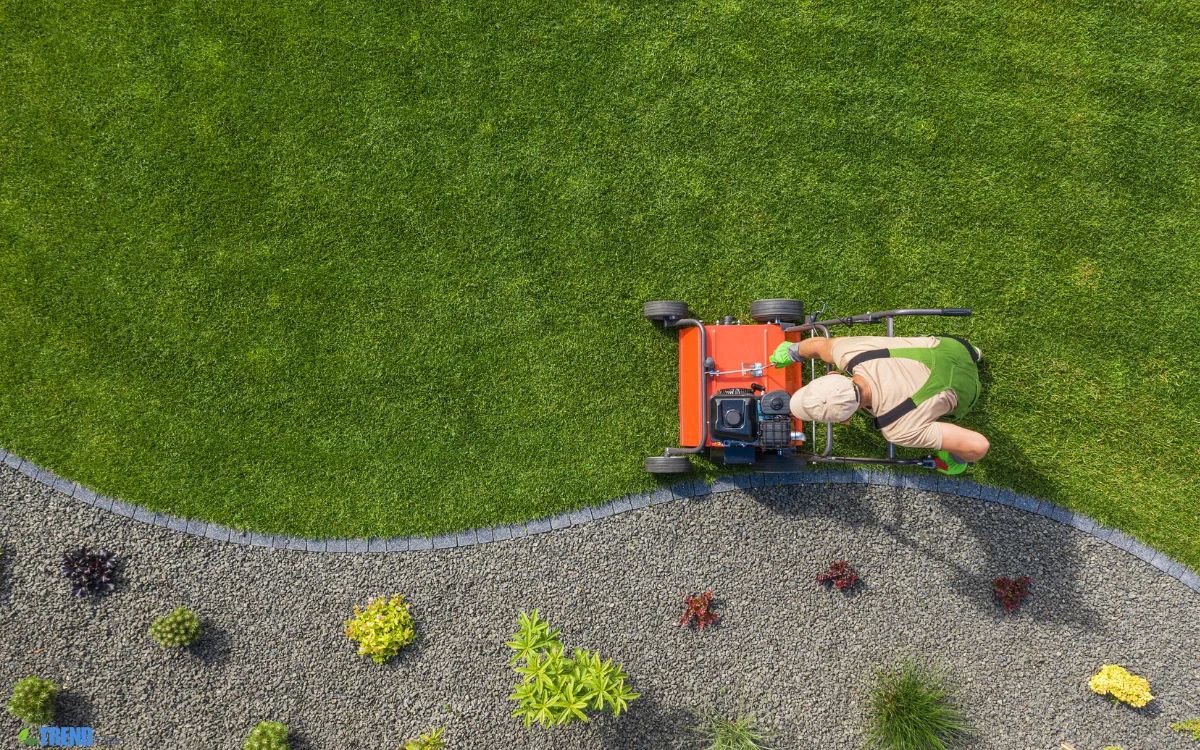
A neat and well-maintained garden enhances your outdoor space’s charm and can potentially raise your property’s market value. While flowers and greenery often get most of the attention, garden edging is the unsung hero of a polished and organized landscape. It provides structure, defines spaces, and keeps everything looking neat and tidy.
In this complete guide, you’ll discover the benefits, the different types available, how to choose the right style for your yard, and step-by-step instructions for installation. Whether you have a small urban garden or a sprawling backyard, garden edging is the detail that can transform your space from average to amazing.
What Is Garden Edging?
Garden edging is the process of creating clear, visible borders between different elements in your yard—such as between a flower bed and a lawn or gravel path. It not only improves aesthetics but also serves functional purposes like preventing grass or mulch from spreading into other areas.
Many choices are available in different materials such as stone, metal, brick, plastic, and wood.
The choice of material depends on your design preferences, budget, and the specific needs of your garden.
Why Garden Edging Is Important
Many homeowners overlook the value of this feature when planning their landscape, but it offers several key benefits:
Clean and Defined Lines
Garden edging helps separate different sections of your yard, giving your garden a professional and organized appearance.
Controls the Spread of Plants
Edging prevents grass and weeds from creeping into flower beds or vegetable gardens, helping you maintain control over your garden layout.
Easy Maintenance
There are many options to choose from, each offering its own advantages in terms of look, durability, and cost.
Boosts Curb Appeal
Even a simple border can give your outdoor space a polished look that’s attractive to visitors and potential buyers alike.
Types of Garden Edging
There are many options to choose from, each offering its own advantages in terms of look, durability, and cost.
Brick Edging
A classic and durable option, brick garden edging suits traditional garden styles and offers a timeless appearance.
Metal Edging
Steel or aluminum edging creates sleek, modern lines. It’s long-lasting and works well in minimalist or contemporary landscapes.
Plastic or Rubber Edging
A well-maintained garden enhances the look of your outdoor space and adds value to your property as a whole.
Recycled rubber options are also eco-friendly.
Stone or Rock Edging
Natural stones or manufactured pavers provide a rugged, earthy look. They’re perfect for cottage gardens or natural landscapes.
Wooden Edging
Wooden garden edging creates a warm, rustic vibe. Pressure-treated timber, logs, or bamboo are all popular choices for garden borders.
How to Choose the Right Garden Edging
Choosing the best option for your landscape involves several factors:
Consider Your Garden Style
Select edging materials that match and enhance the overall look and theme of your garden. For example, sleek metal suits modern gardens, while natural rock fits rustic settings.
Evaluate Your Budget
Garden edging ranges from very affordable plastic rolls to high-end stonework. Select a solution that aligns with your budget while still maintaining good quality.
Think About Maintenance
Some materials like wood may require more upkeep over time, while metal or stone edging usually requires less maintenance.
Measure Your Space
Measure the length of the area you intend to edge before making a purchase. This will help you buy the right amount of material and avoid shortages.
How to Install Garden Edging
Installing it can be a simple DIY project with the right tools and materials. Here’s a general step-by-step guide:
Mark Your Edging Line
Outline the area where you intend to install the edging by using string, a garden hose, or spray paint. Ensure the lines are consistent and follow the gentle, organic contours of your garden.
Dig a Trench
Follow the marked line by carving a narrow trench using a garden spade or specialized edging tool. The measurements will vary based on the type of edging material you choose.
Place the Edging Material
Position your garden edging in the trench. If you’re using brick or stone, you might need to create a level base using sand or gravel for proper placement. For plastic or metal edging, follow the anchoring instructions provided by the manufacturer.
Backfill and Secure
Once the edging is in position, backfill the trench with soil to secure it tightly. Tamp down the soil and make any final adjustments to ensure straight or curved lines are even.
Garden Edging Tips for a Professional Finish
To make your project look professionally done, keep the following tips in mind:
-
Use a level tool to ensure the edging remains straight and evenly aligned from one end to the other.
-
Combine edging with mulch or gravel for a crisp look and better weed control.
-
Paint or treat wood edging to improve its durability and weather resistance.
-
Curves should be smooth, not sharp or irregular, to create a natural flow.
Common Garden Edging Mistakes to Avoid
Even a simple project like this can go wrong if you’re not careful. Avoid these common mistakes:
-
Using low-quality or flimsy materials that won’t last through seasons.
-
Failing to dig deep enough, leading to uneven edging.
-
Not securing the edging properly, which can cause it to shift over time.
-
Forgetting to plan for irrigation or drainage when edging around beds.
Conclusion
Garden edging is more than just a decorative touchit’s a functional and stylish way to bring order and beauty to your landscape. By selecting the right type of edging for your garden and installing it properly, you can enhance curb appeal, reduce maintenance, and keep your outdoor space looking its best all year long. Whether you’re creating flower beds, defining walkways, or adding structure to your lawn, it is a simple upgrade with a big impact.
FAQs About Garden Edging
Q1: What is the easiest type to install?
Plastic or rubber edging is usually the most beginner-friendly option for DIY projects. It’s lightweight, flexible, and usually comes in rolls that are easy to cut and secure.
Q2: How long does garden edging last?
Depending on the material, it can last anywhere from a few years (wood or plastic) to decades (metal or stone) with proper installation and maintenance.
Q3:Can I install it on a slope?
Yes, but it may require additional steps like leveling or using stakes to secure the edging. Stone or brick works especially well on sloped areas.
Q4: Does Garden Edging Help with Weed Control?
Yes, it can act as a barrier to prevent grass and weeds from spreading into flower beds or paths.
Q5: Is it worth the investment?
Absolutely. It enhances visual appeal, reduces garden maintenance, and provides clear boundaries that make your landscaping look intentional and well-kept.
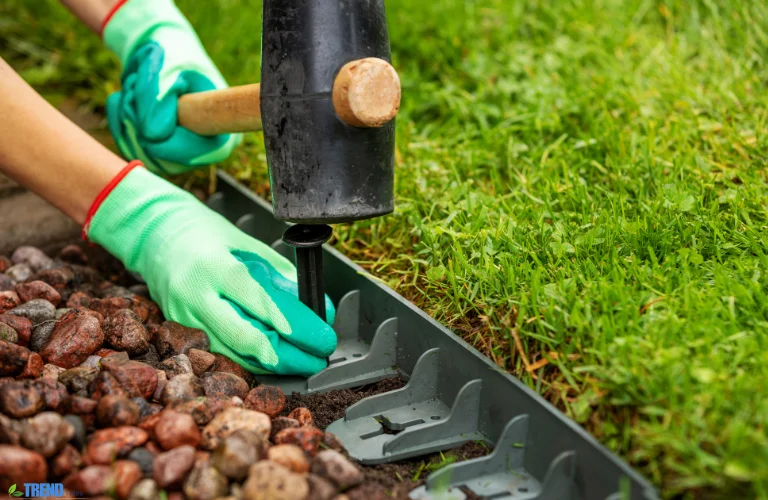
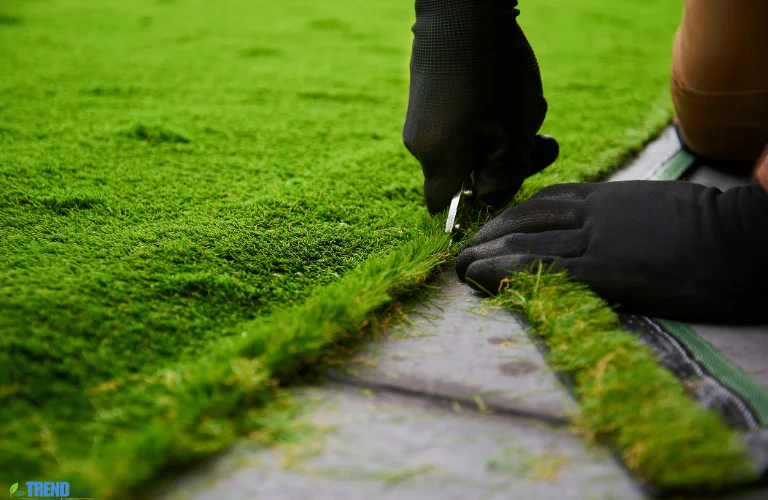
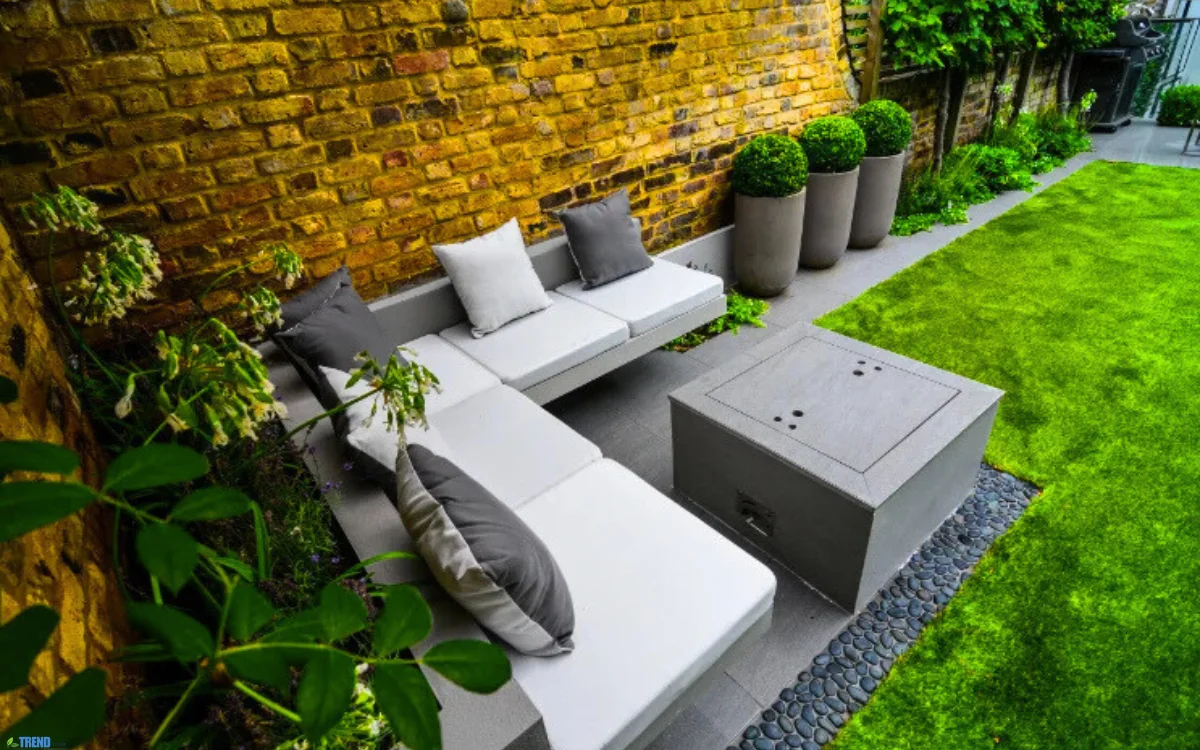
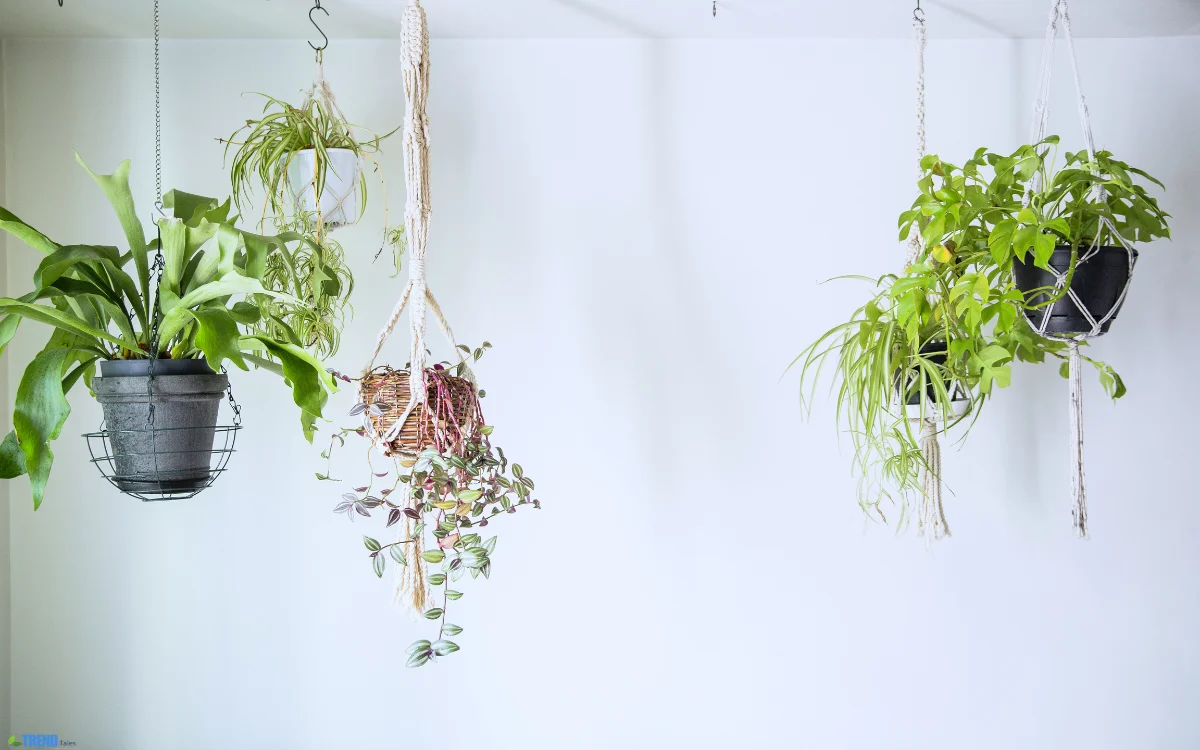
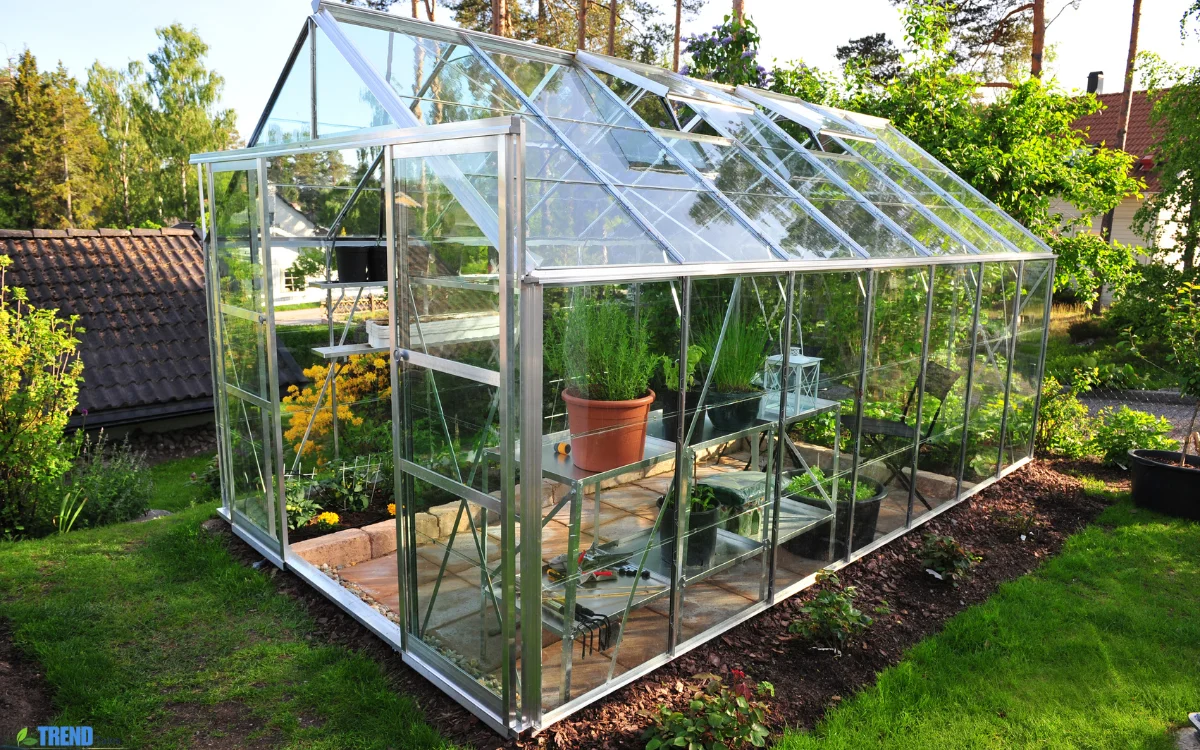
1 comment